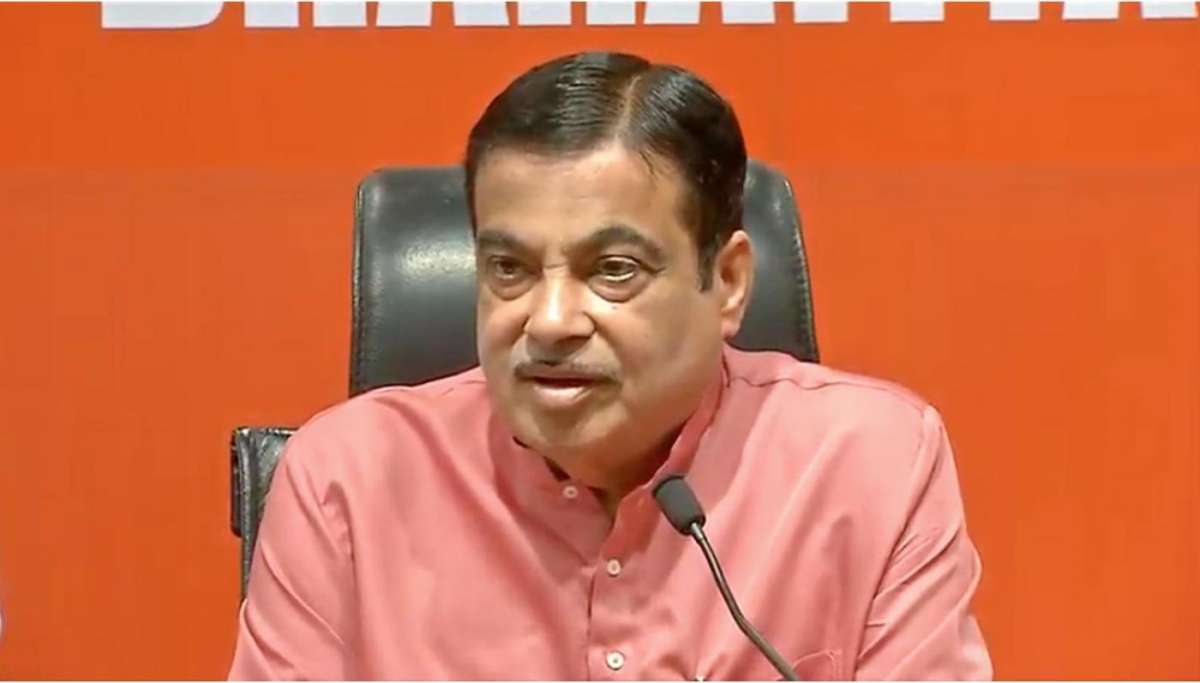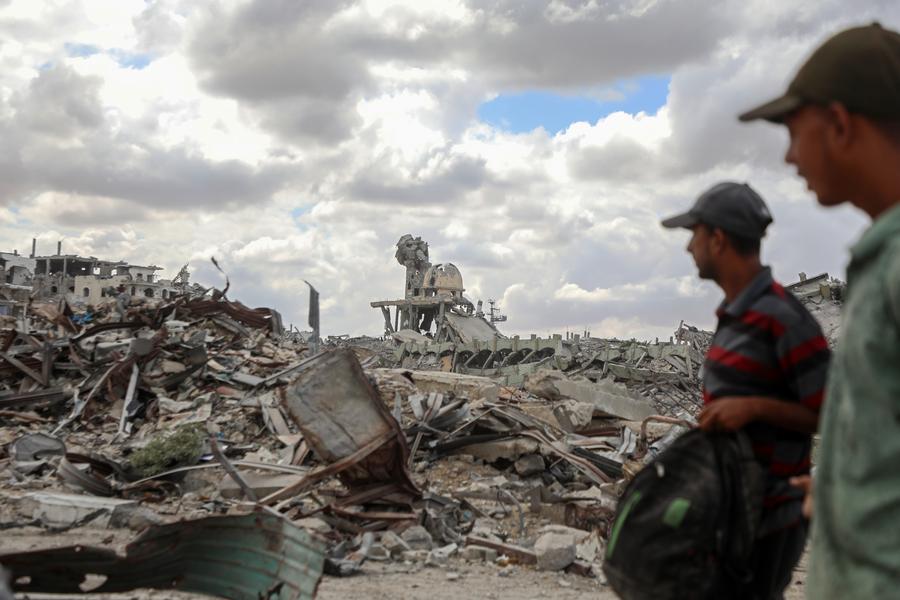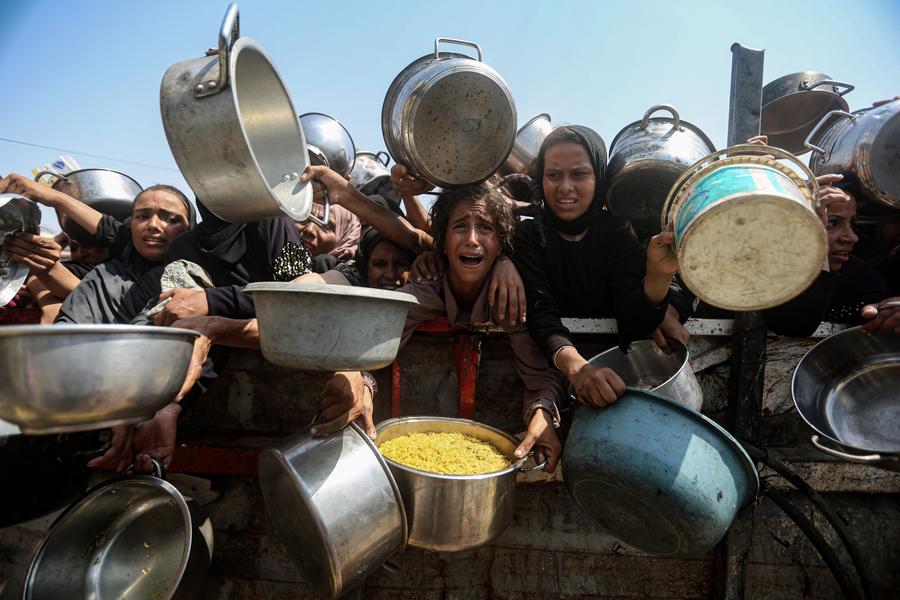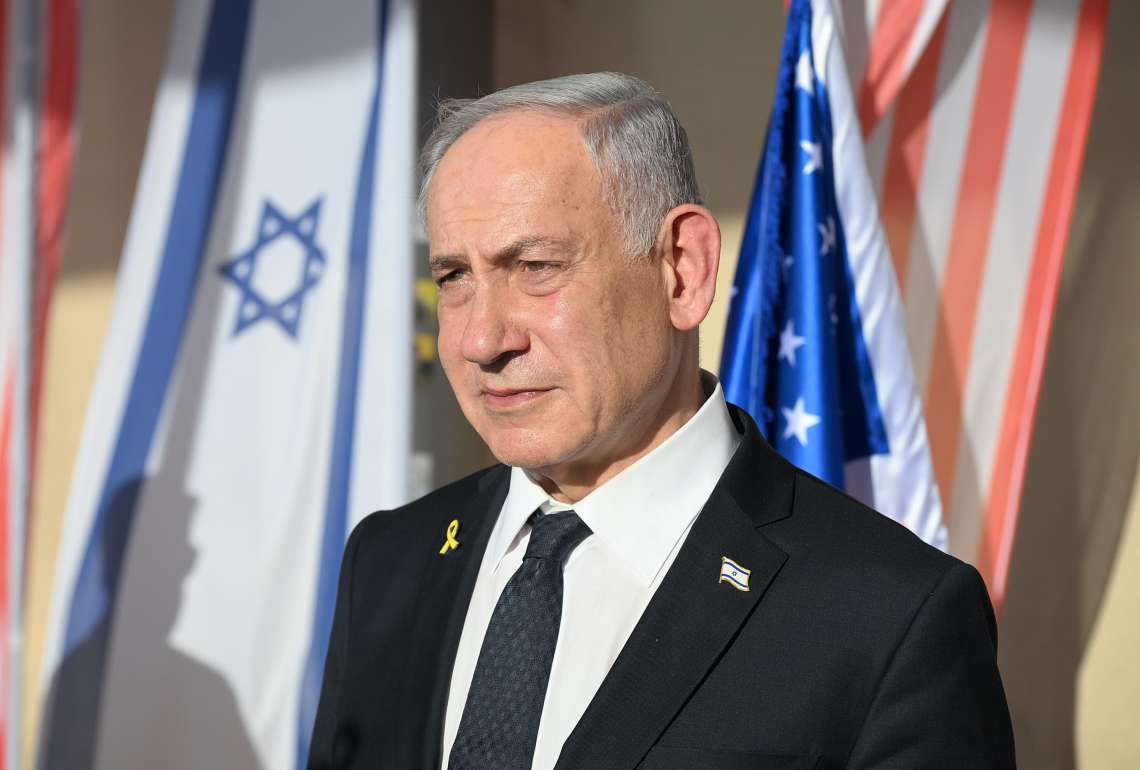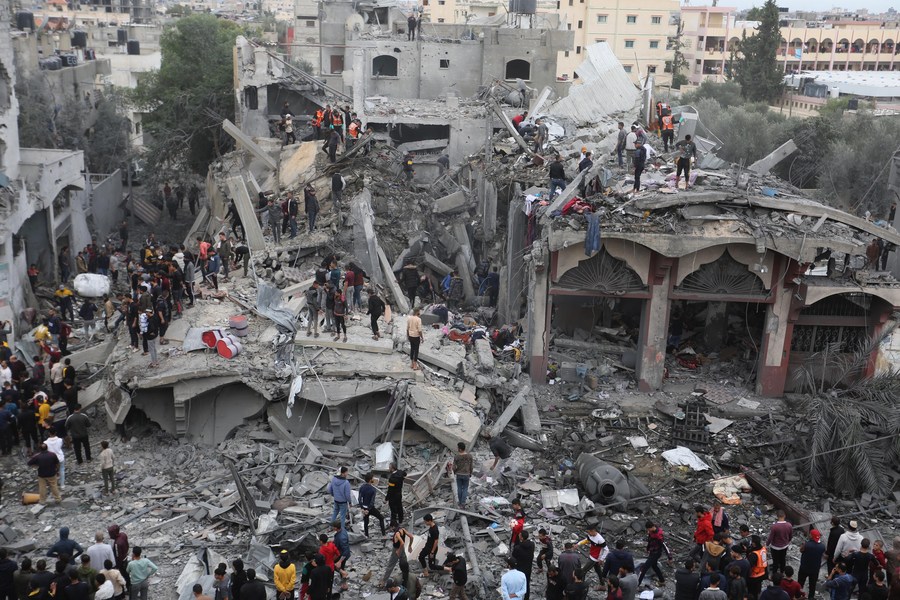The highway will span from Moreh in Manipur, India to Mae Sot in Thailand through Myanmar….reports Asian Lite News
Union Minister Nitin Gadkari has revealed that approximately 70 percent of the construction work on the India-Myanmar-Thailand Trilateral Highway has been finished.
This ambitious project aims to establish a 1,400-kilometer-long highway connecting the three countries, bolstering trade, business, healthcare, education, and tourism ties in the region.
The highway will span from Moreh in Manipur, India to Mae Sot in Thailand through Myanmar.
While the minister did not disclose a specific timeline for completion, the project has faced delays as the initial target of December 2019 for operationalization could not be met.
The road is expected to boost trade and commerce in the ASEAN–India Free Trade Area, as well as with the rest of Southeast Asia. India has also proposed extending the highway to Cambodia, Laos and Vietnam.
The proposed approx 3,200 km (2,000 mi) route from India to Vietnam is known as the East-West Economic Corridor (Thailand to Cambodia and Vietnam became operational in 2015).[4] This highway will also connect to the river ports being developed along the way at Kalay (also called Kalaymyo) and Monywa on Chindwin River.
India and ASEAN have plans to extend this route to Laos, Cambodia and Vietnam as this connectivity will generate annually, an estimated US$70 billion in incremental GDP and 20 million in incremental aggregate employment by 2025, and India has offered US$1 billion line-of-credit for the India-ASEAN connectivity projects.
In December 2020, Bangladesh expressed official interest to join the highway project in order to boost connectivity from Dhaka. The existing BBIN motor vehicle agreement facilitates reduced border controls and customs inspection for freight transport between India and Bangladesh.
The issue was discussed during Prime Minister Narendra Modi’s visit to Dhaka in 2021 as both India and Bangladesh decided to remain engaged with Myanmar notwithstanding its internal political dynamics. The project will provide Bangladesh direct connectivity with the south east Asian nations which is expected to boost its trade.
The trilateral project, conceived in 2002, is a 1360 km transnational highway connecting Moreh in India, Bagan in Myanmar and Mae Sot in Thailand. Though there have been delays in execution, the project, that is expected to boost trade and people to people connectivity besides other things, is likely to be completed in the next couple of years.
Sources said that the trilateral highway could feed into a much larger undertaking, in the end, connecting landlocked Bhutan with Da Nang in Vietnam.
The key to this massive undertaking is the 19.2 kilometer Dhubri-Phulbari bridge over the Brahmaputra. the gigantic effort will merge two parallel initiatives – the trilateral high New Delhi-led India-Myanmar- Thailand trilateral highway and the East-West, Economic Corridor (EWEC) marshalled by Japan in partnership with Thailand, Laos and Vietnam. The joint foray is a fusion of India’s ‘Act East’ policy and Japan’s ‘Free and Open Indo-Pacific’ strategy.
With Mae Sot as the junction, the 1,450-km EWEC route passes through Thailand’s Province of the Mukhandan – the gateway to Laos, which is connected by the 1.6 km-long Second Thai-Lao friendship bridge over the Mekong, built with Japanese assistance. From Savannakhet in Laos, the next stop in the corridor, the passage heads east towards Da Nang, 486 km away. On the way, the Japanese have also been involved in constructing the 6.28-km Hai Van tunnel, the longest in Southeast Asia, which links Hue, a city in Central Vietnam, with Da Nang. (with inputs from agencies)

